Workflows
Workflows
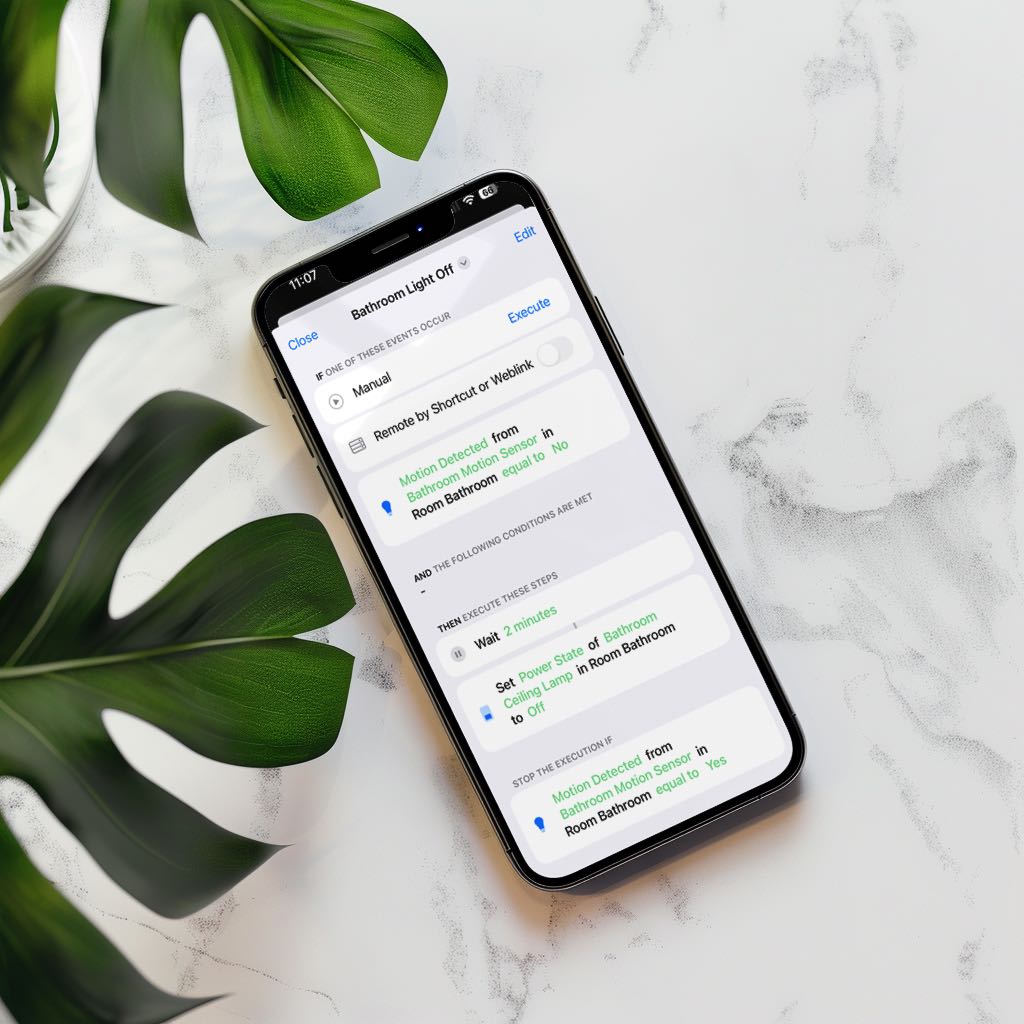
Apple Home Automations as they should be.
Apple Home Automations as they should be.
Apple Home Automations as they should be.
Try Controller For Free
Push beyond the limits of Apple Home automations and elevate your home’s automation capabilities to an entirely new level.
Get Inspired

Laundry Done Alert
Receive a notification when your washing machine has finished.

Beat the Heat
Automatically close your blinds on hot days.

Wake-Up Light
Use any Apple Home Lamp as a Wake-Up Light.
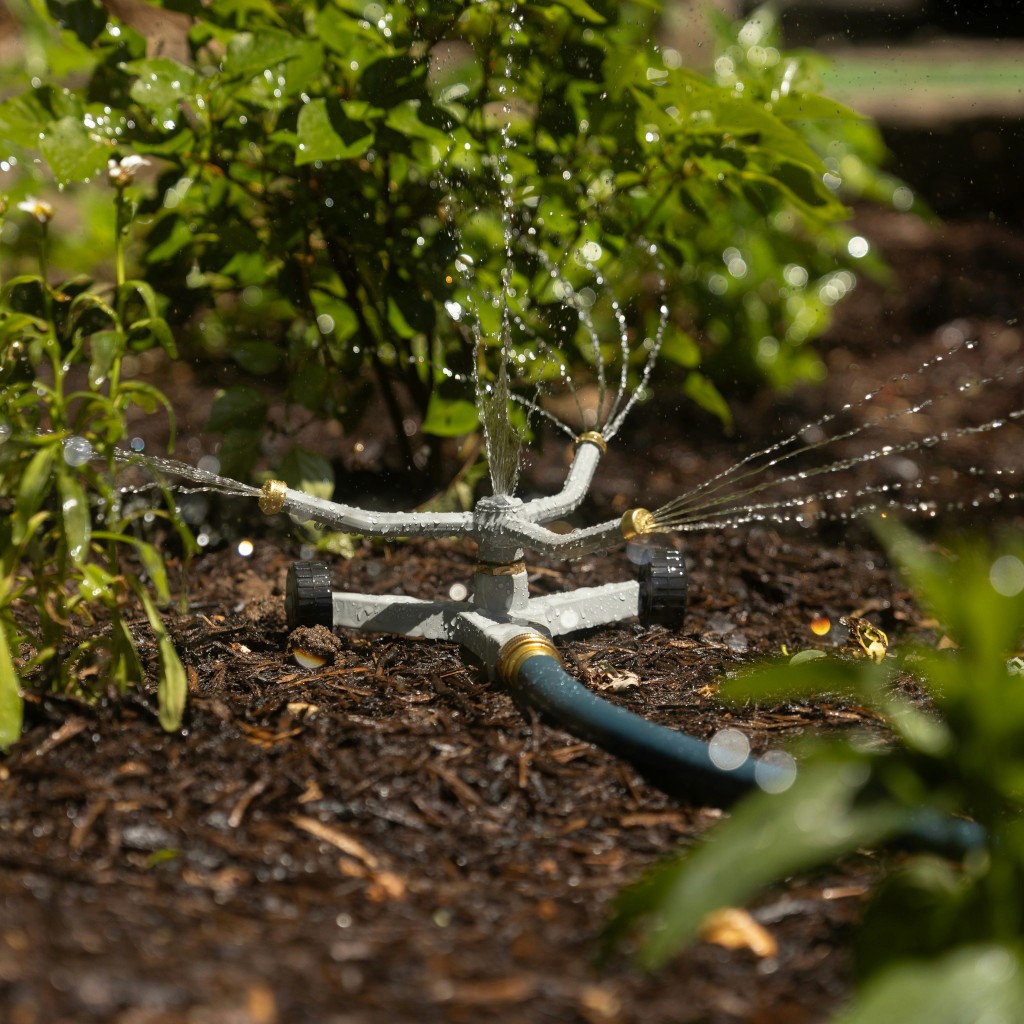
Irrigation Schedule
Keep your garden green.

Location-Based Workflow
Automate your routines based on where you are.
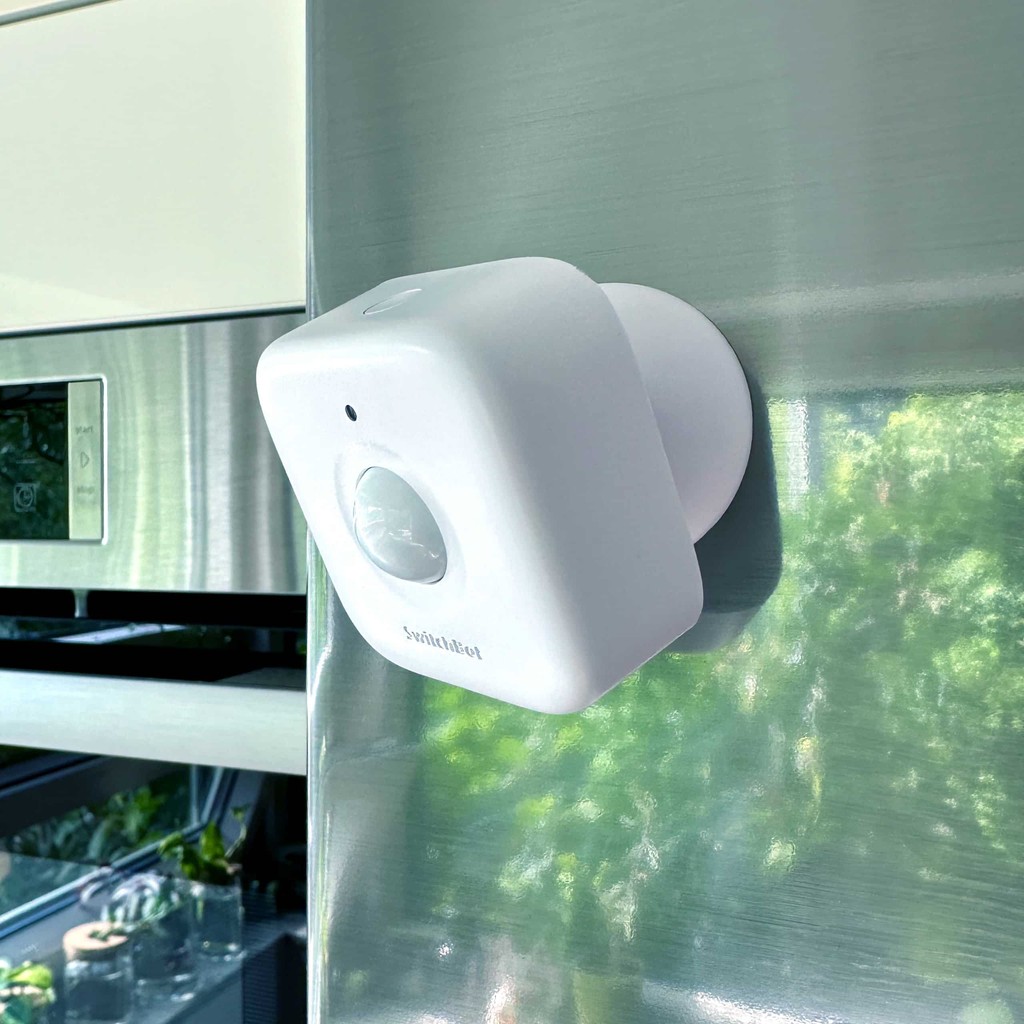
Control Lights with Multiple Motion Sensors
For large or irregularly shaped spaces.
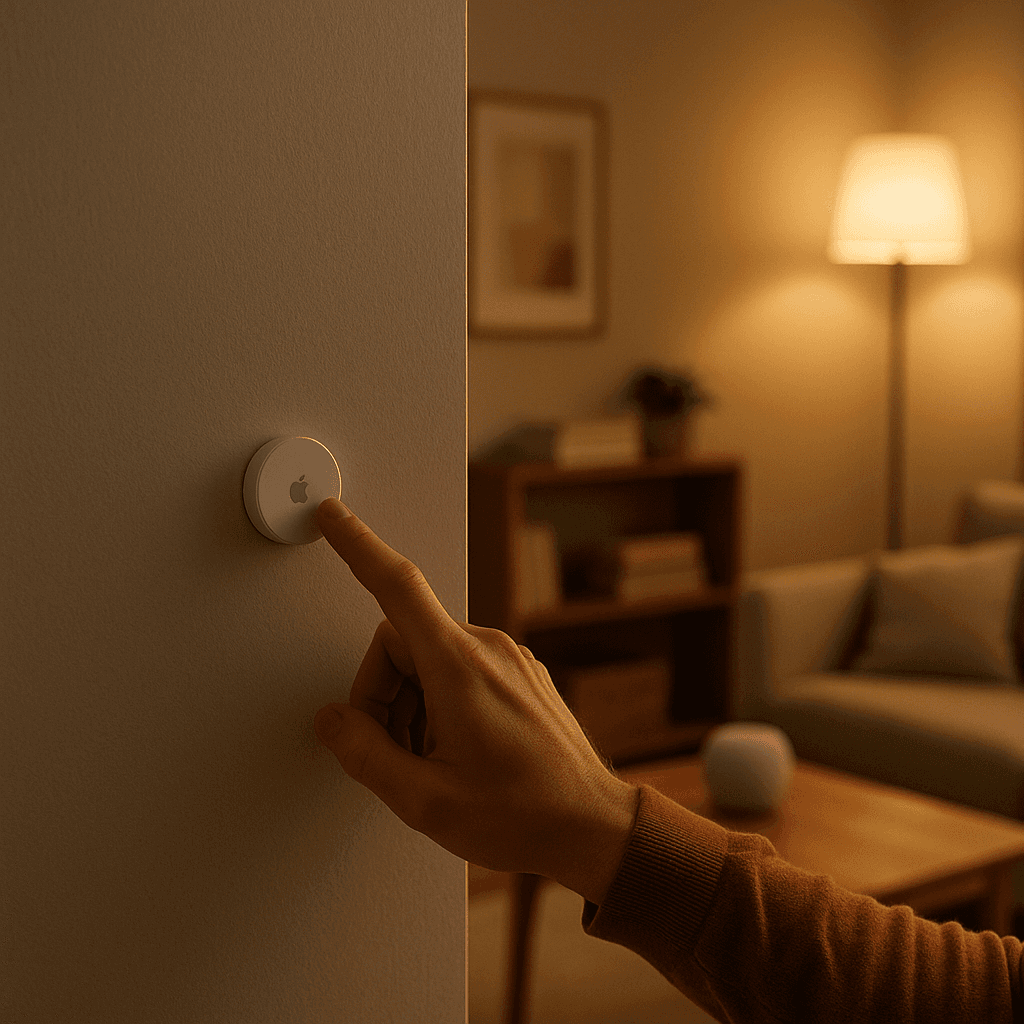
Stepwise Brightness Control via Button
Control light brightness step by step.
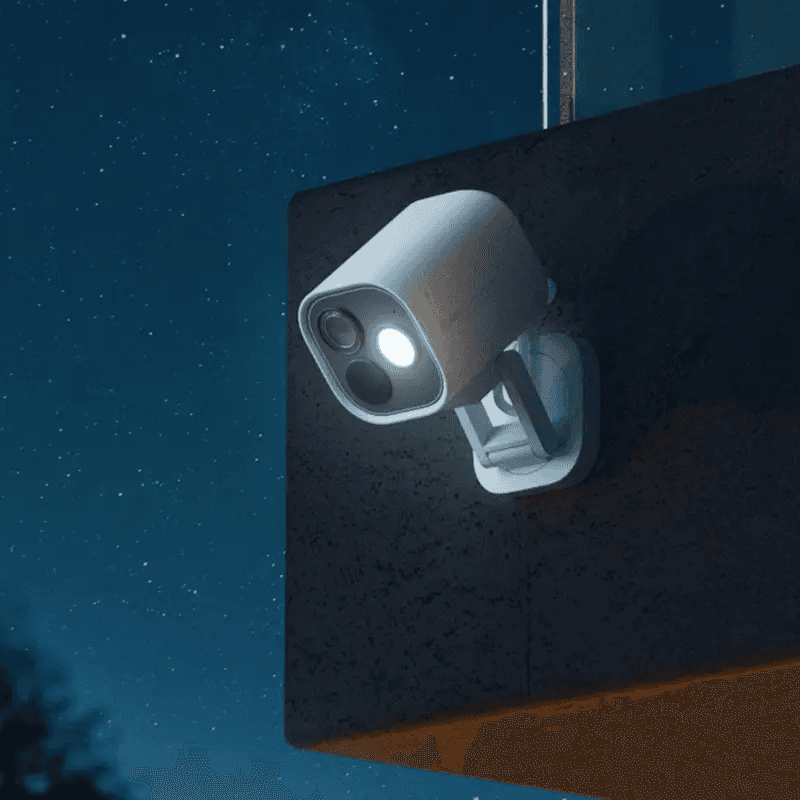
Custom Notification with Live Camera Feed
Open the camera stream instantly.

Smart Bathroom Fan Control
Make your fan truly intelligent.
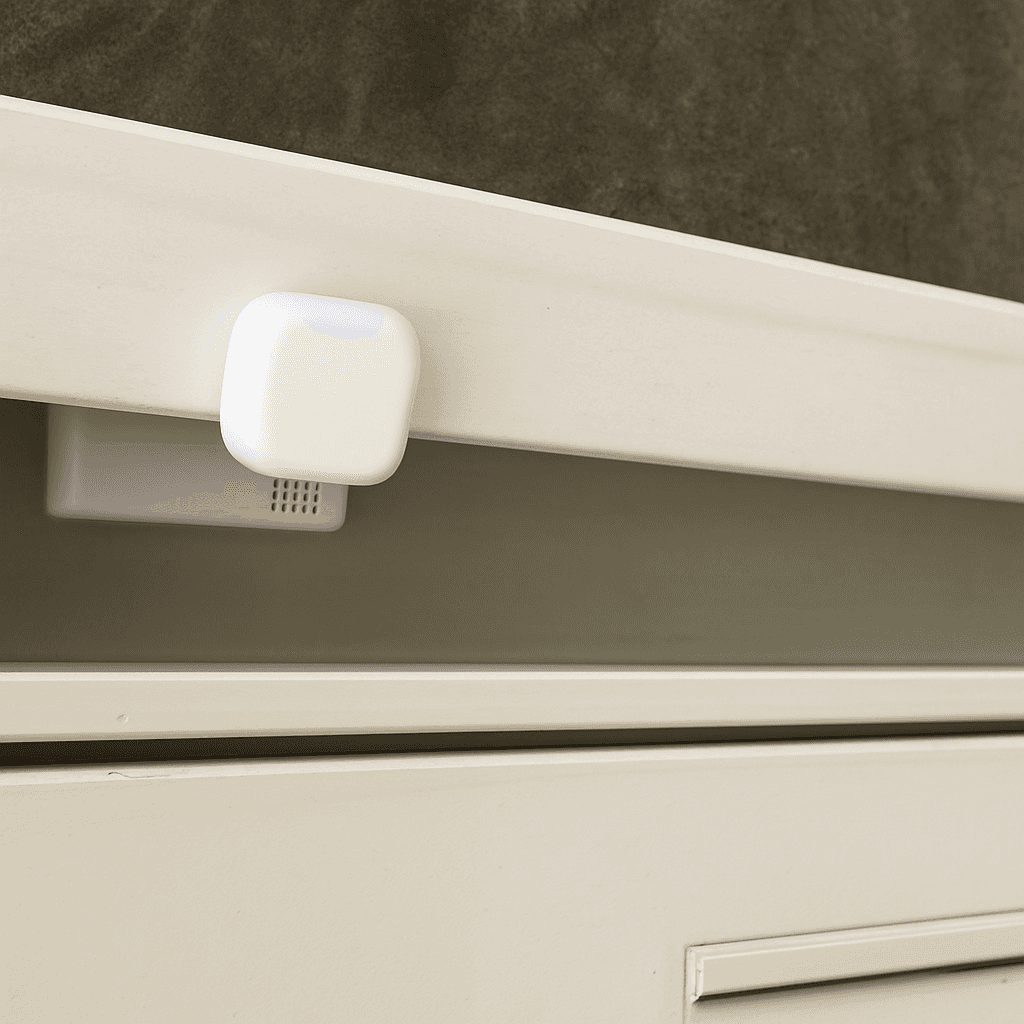
New Mail Notification
Get notified when new mail arrives.
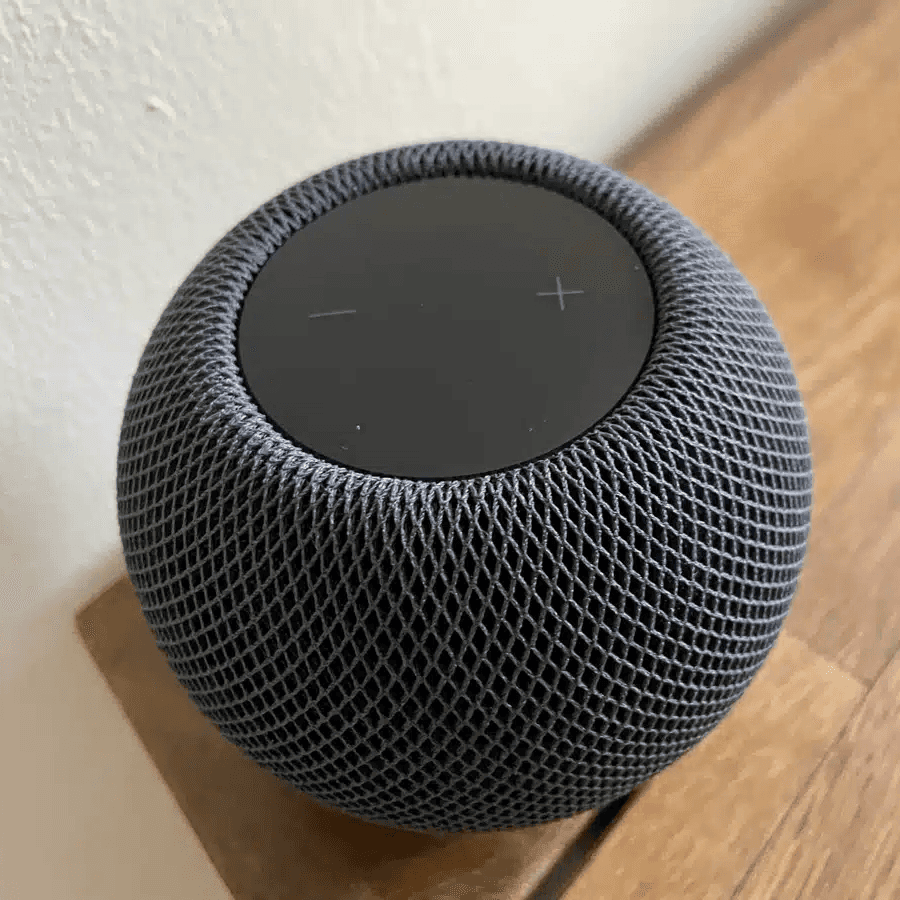
Integrate Speakers into Workflows
Control volume, play music, or pause playback.
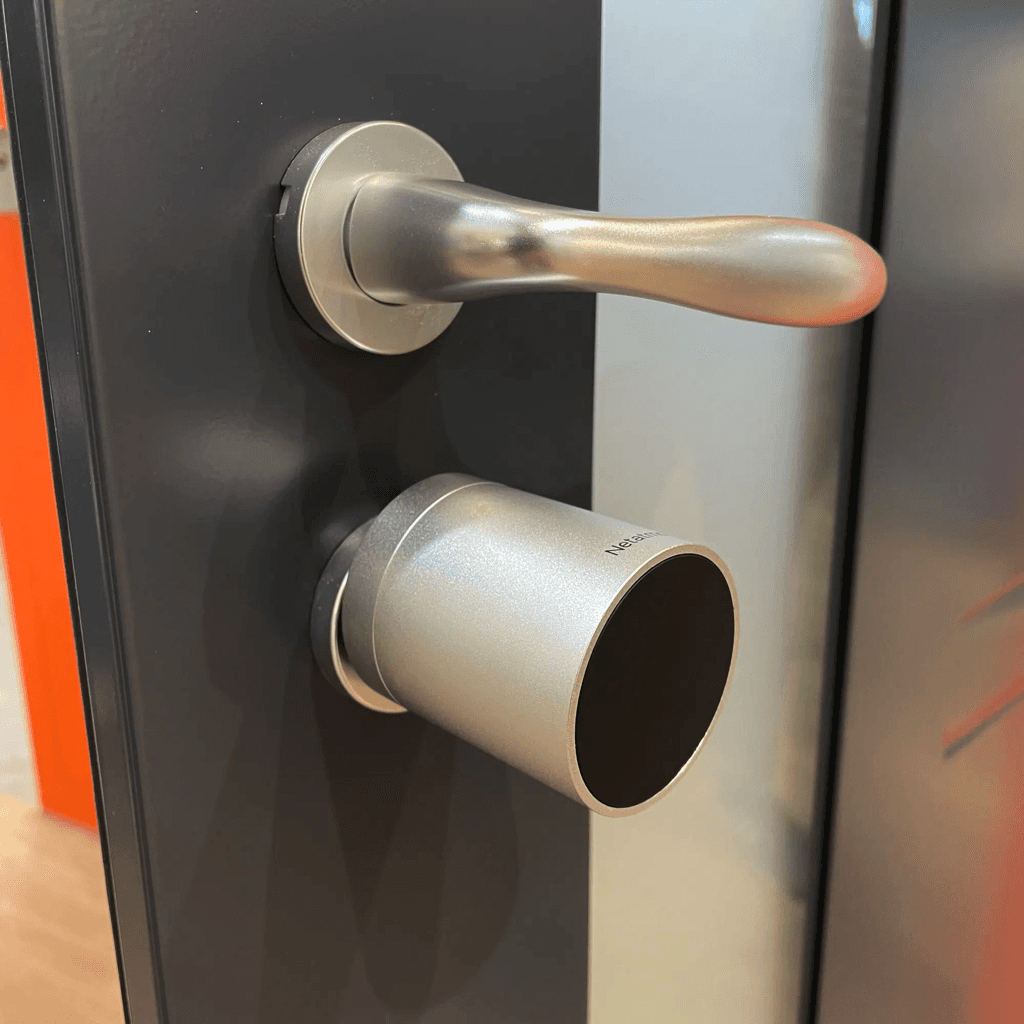
Battery Warning
Get battery alerts when they matter.
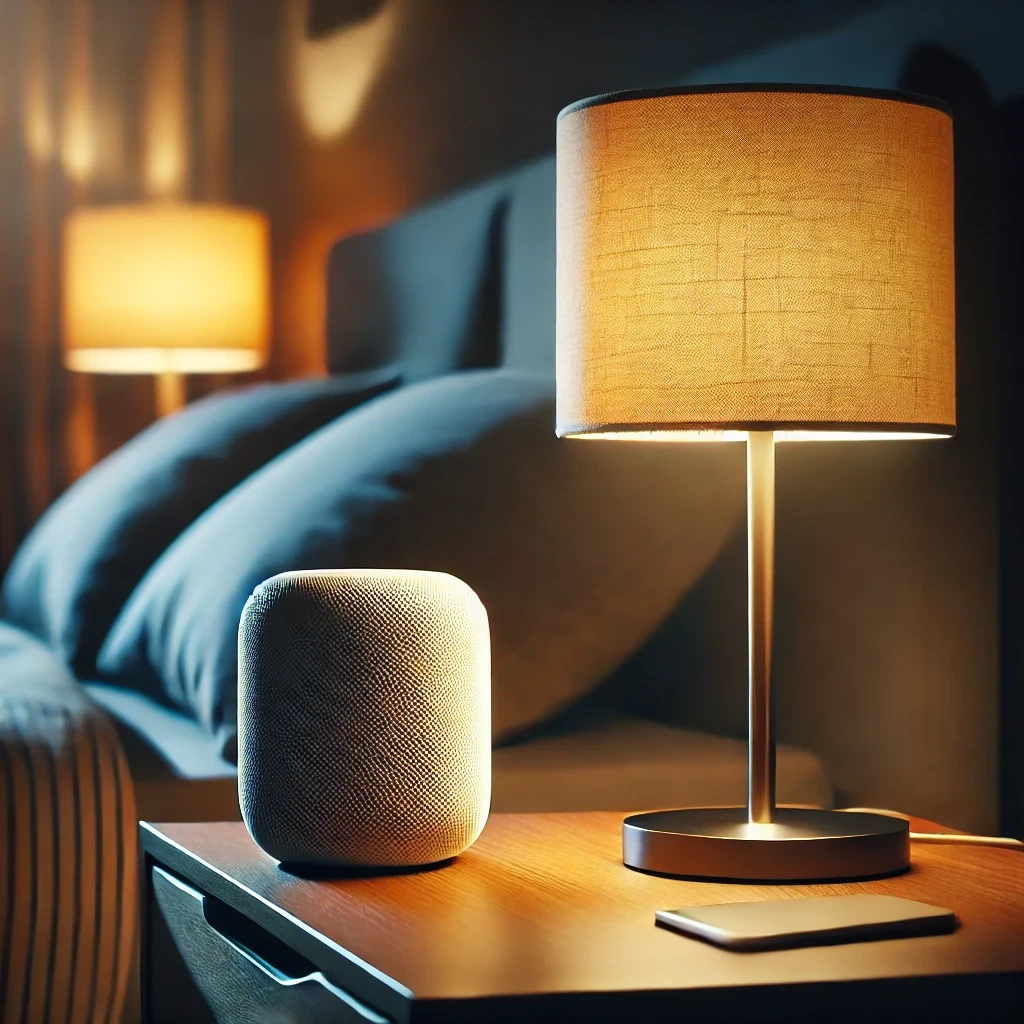
Sleep Timer
Use a sleep timer with Apple Home.

Execute Workflow Only Once a Day
Ensures the workflow runs only once.
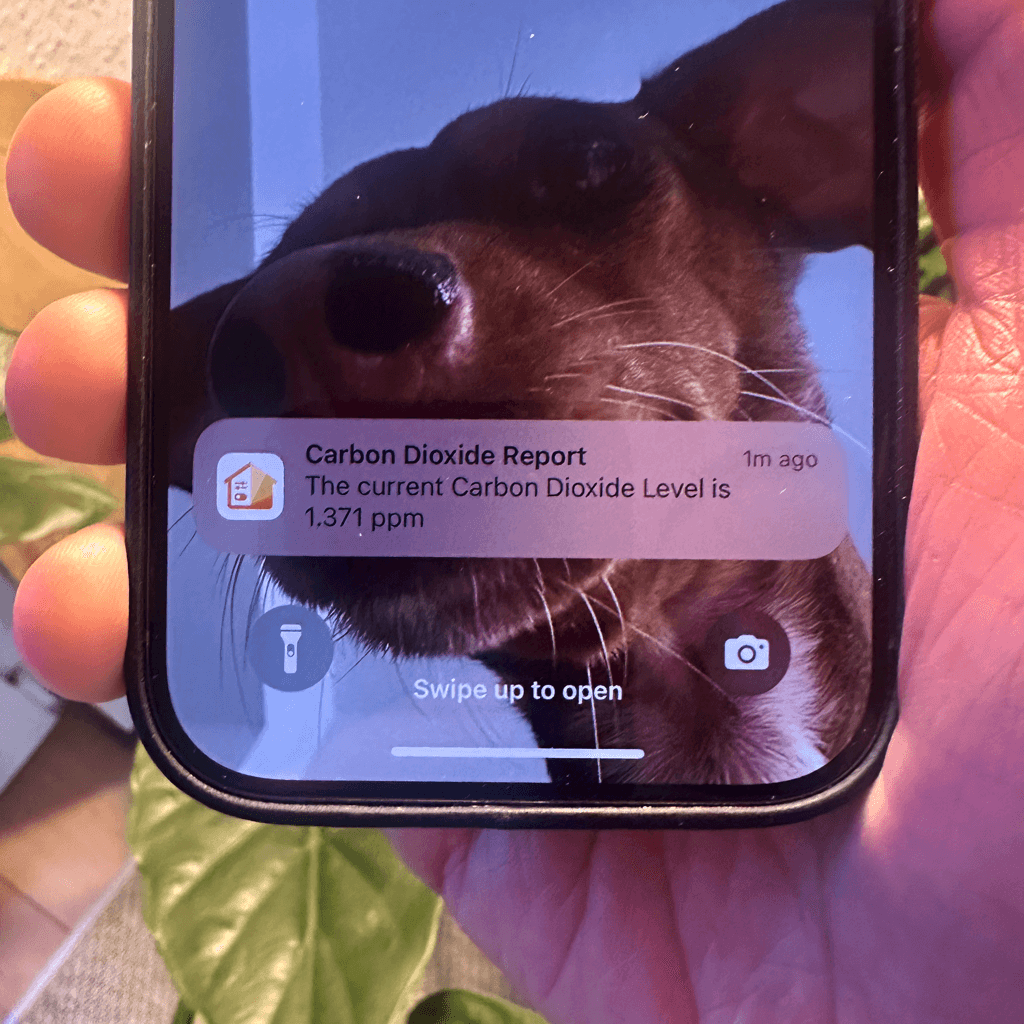
Accessory Values in Notifications
Send notifications featuring real-time accessory values.
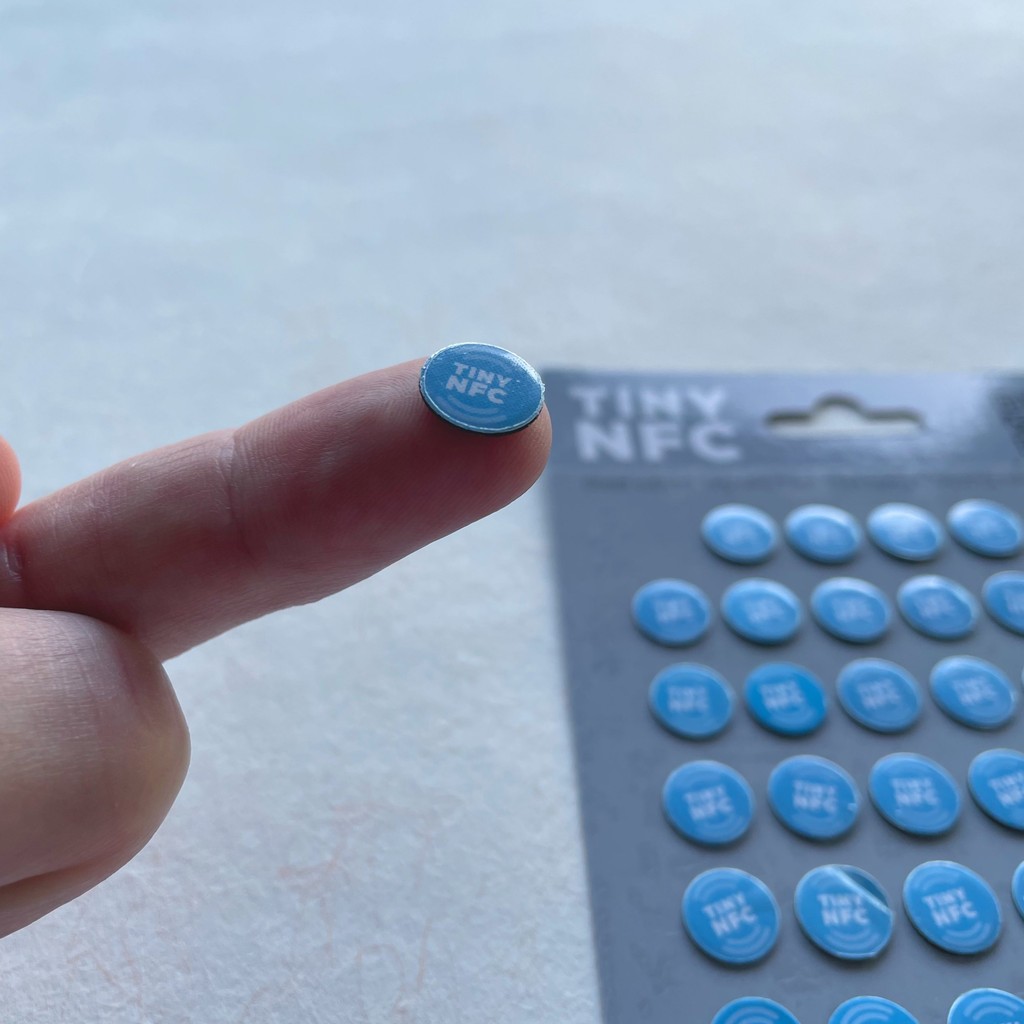
NFC Tags
Automate Apple Home Accessories with NFC.
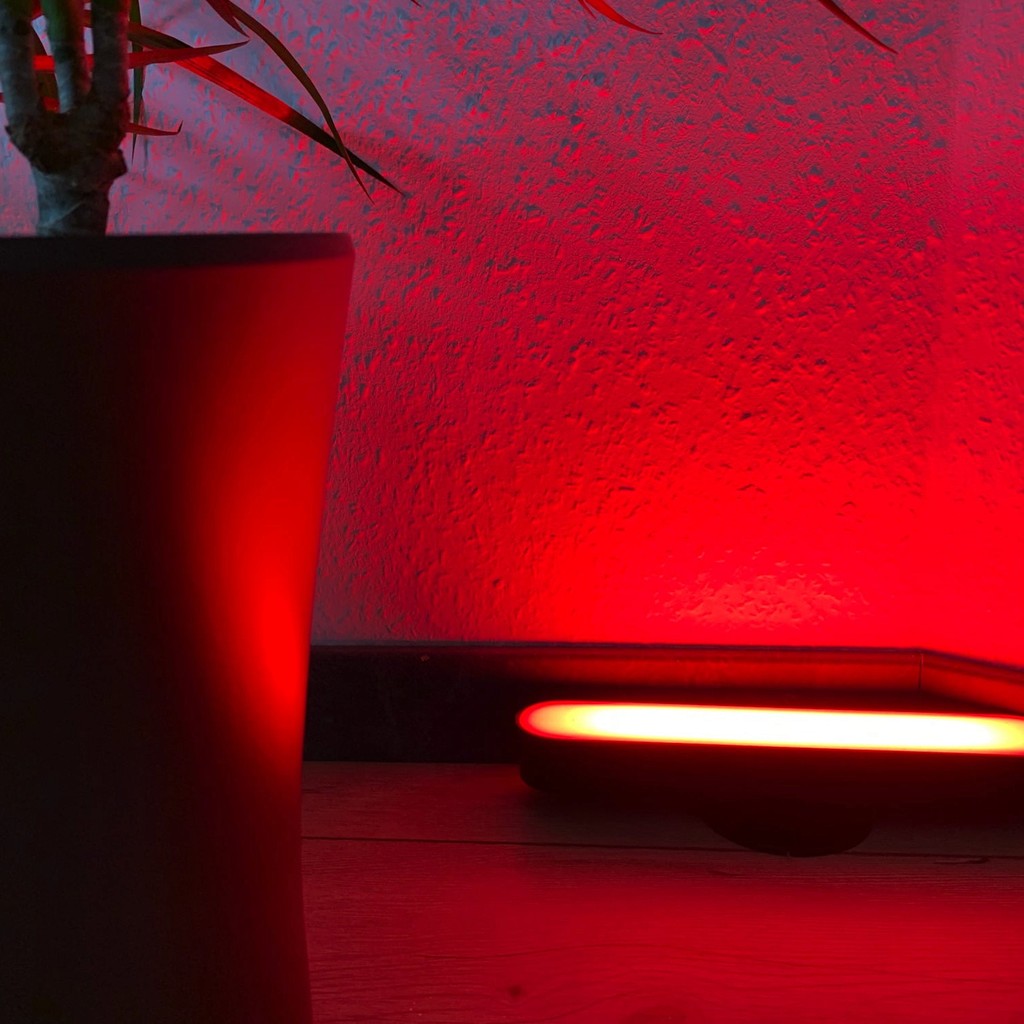
Blink Lights
Make a light blink and effortlessly return it to its original state.
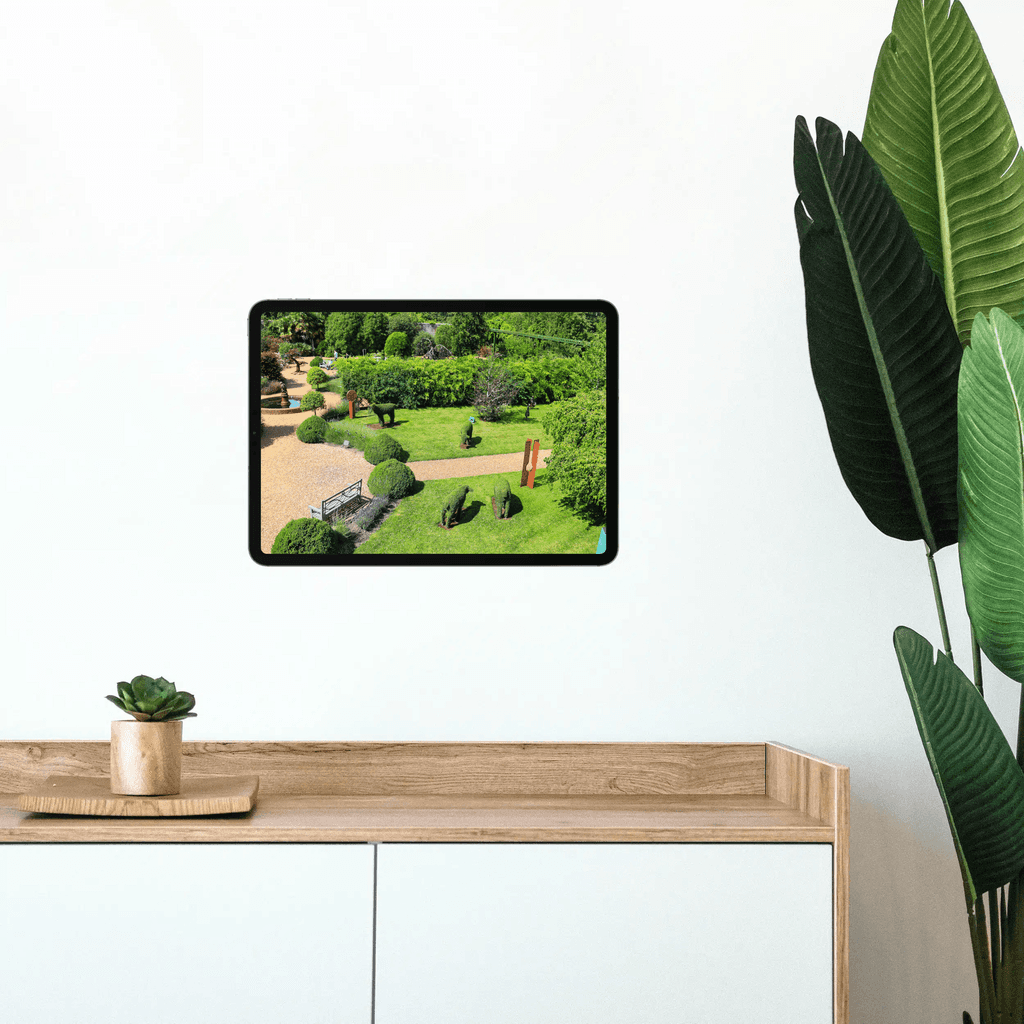
Display Camera When Motion Is Detected
Automatically display the camera livestream whenever motion is detected.
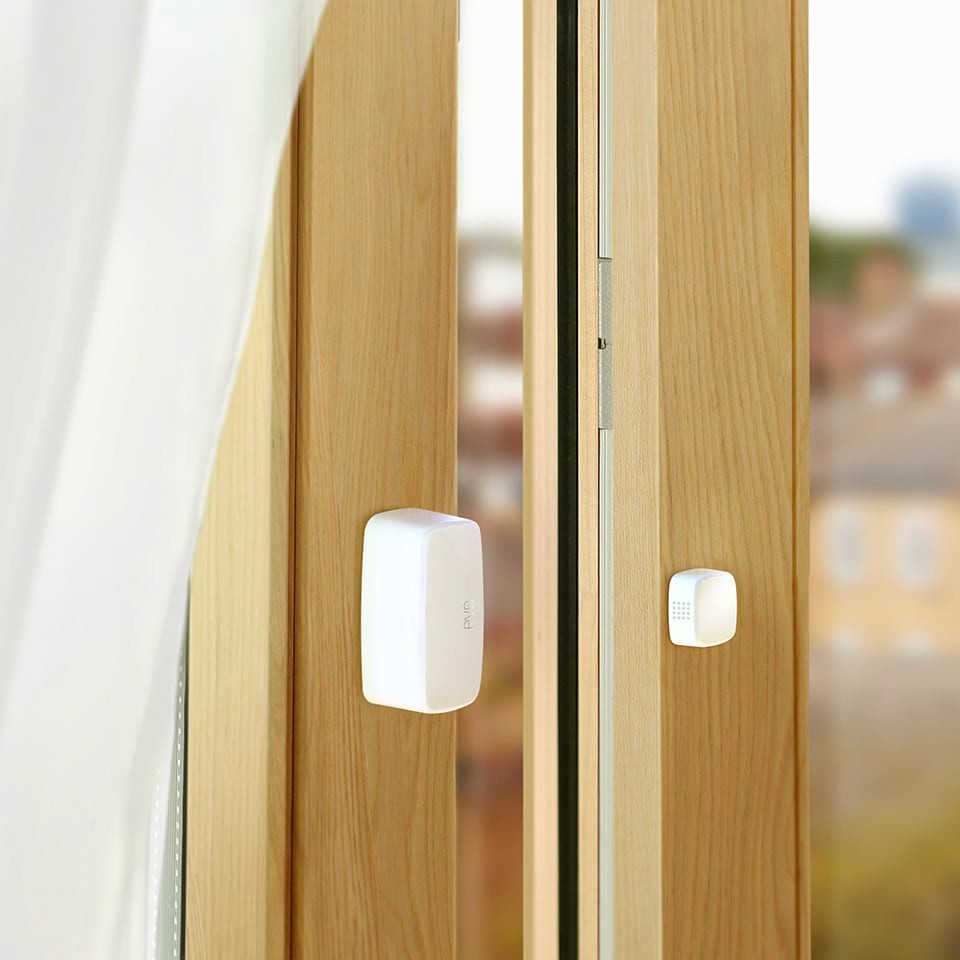
Open Window Reminder
Get a reminder if you forget to close a window after ventilating.
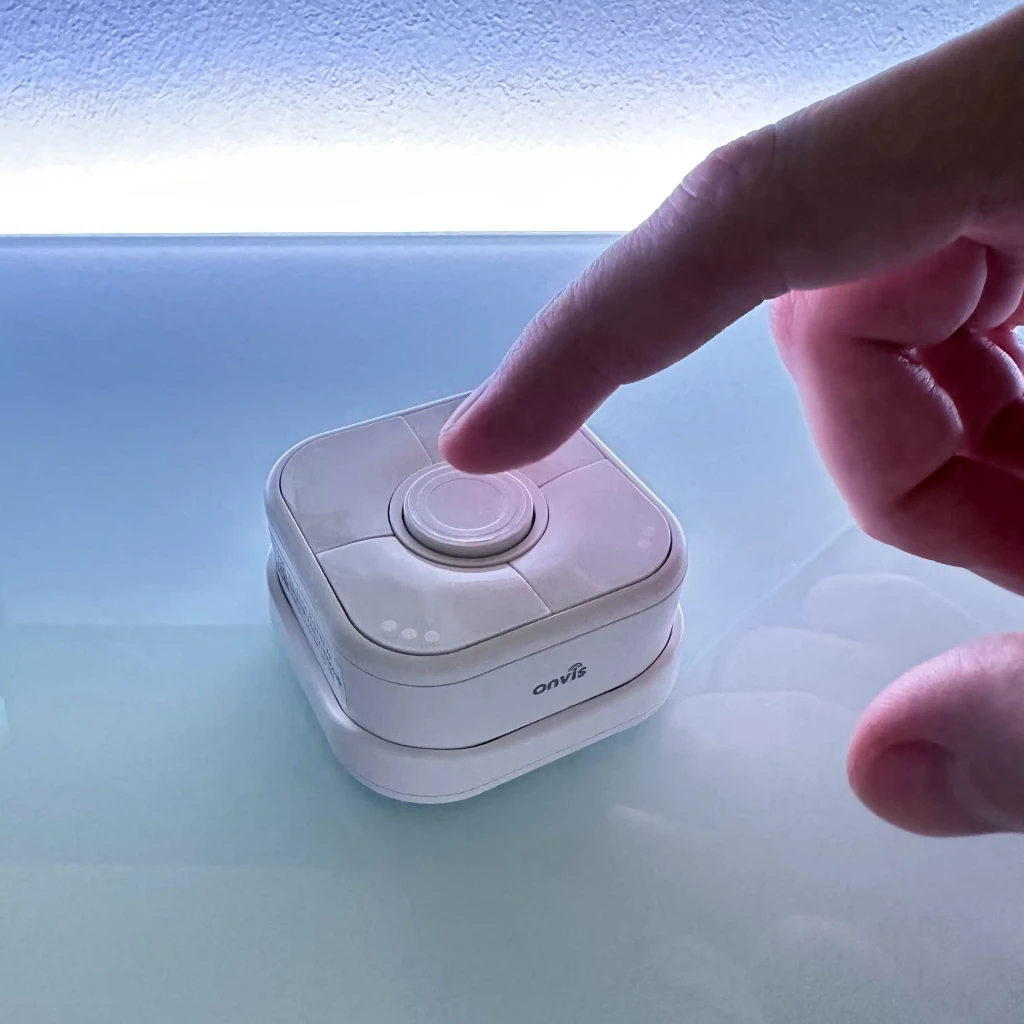
Toggle Lamp
Easily toggle a lamp using a single switch.

Turn Light Off Using Motion Sensor
Efficiently control your lighting with a motion sensor.
Get Inspired

Laundry Done Alert
Receive a notification when your washing machine has finished.

Beat the Heat
Automatically close your blinds on hot days.

Wake-Up Light
Use any Apple Home Lamp as a Wake-Up Light.

Irrigation Schedule
Keep your garden green.

Location-Based Workflow
Automate your routines based on where you are.

Control Lights with Multiple Motion Sensors
For large or irregularly shaped spaces.

Stepwise Brightness Control via Button
Control light brightness step by step.

Custom Notification with Live Camera Feed
Open the camera stream instantly.

Smart Bathroom Fan Control
Make your fan truly intelligent.

New Mail Notification
Get notified when new mail arrives.

Integrate Speakers into Workflows
Control volume, play music, or pause playback.

Battery Warning
Get battery alerts when they matter.

Sleep Timer
Use a sleep timer with Apple Home.

Execute Workflow Only Once a Day
Ensures the workflow runs only once.

Accessory Values in Notifications
Send notifications featuring real-time accessory values.

NFC Tags
Automate Apple Home Accessories with NFC.

Blink Lights
Make a light blink and effortlessly return it to its original state.

Display Camera When Motion Is Detected
Automatically display the camera livestream whenever motion is detected.

Open Window Reminder
Get a reminder if you forget to close a window after ventilating.

Toggle Lamp
Easily toggle a lamp using a single switch.

Turn Light Off Using Motion Sensor
Efficiently control your lighting with a motion sensor.
Get Inspired

Laundry Done Alert
Receive a notification when your washing machine has finished.

Beat the Heat
Automatically close your blinds on hot days.

Wake-Up Light
Use any Apple Home Lamp as a Wake-Up Light.

Irrigation Schedule
Keep your garden green.

Location-Based Workflow
Automate your routines based on where you are.

Control Lights with Multiple Motion Sensors
For large or irregularly shaped spaces.

Stepwise Brightness Control via Button
Control light brightness step by step.

Custom Notification with Live Camera Feed
Open the camera stream instantly.

Smart Bathroom Fan Control
Make your fan truly intelligent.

New Mail Notification
Get notified when new mail arrives.

Integrate Speakers into Workflows
Control volume, play music, or pause playback.

Battery Warning
Get battery alerts when they matter.

Sleep Timer
Use a sleep timer with Apple Home.

Execute Workflow Only Once a Day
Ensures the workflow runs only once.

Accessory Values in Notifications
Send notifications featuring real-time accessory values.

NFC Tags
Automate Apple Home Accessories with NFC.

Blink Lights
Make a light blink and effortlessly return it to its original state.

Display Camera When Motion Is Detected
Automatically display the camera livestream whenever motion is detected.

Open Window Reminder
Get a reminder if you forget to close a window after ventilating.

Toggle Lamp
Easily toggle a lamp using a single switch.

Turn Light Off Using Motion Sensor
Efficiently control your lighting with a motion sensor.
© acasa Software GmbH
© acasa Software GmbH
© acasa Software GmbH

